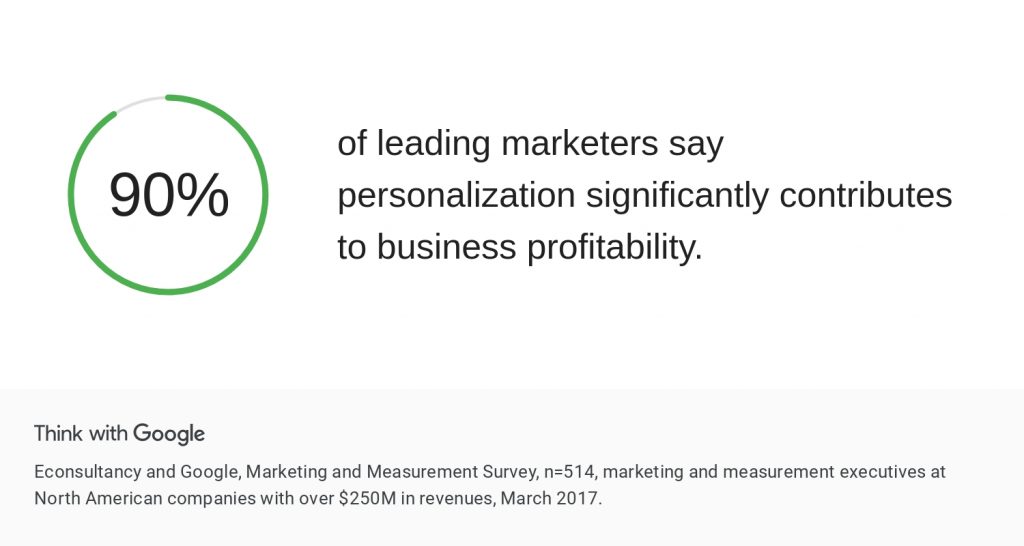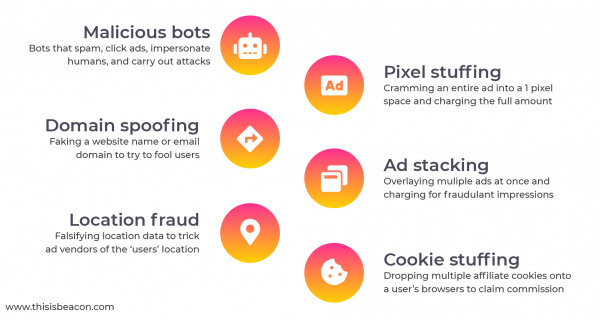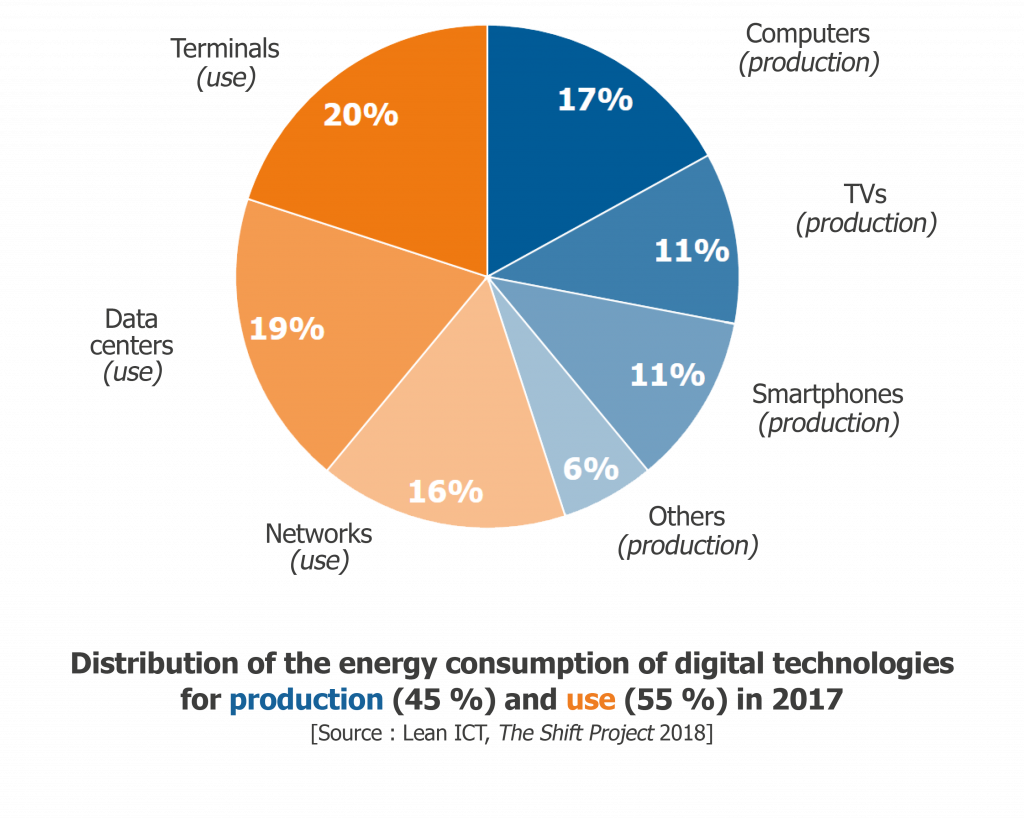10 digital marketing trends in 2022
It won’t be any surprise to marketers that many of the digital marketing trends in 2022 are data-driven to enable improvements in the customer experience and campaign performance.
With the world entering the third year of a global pandemic, people are becoming both resigned to their changed work and leisure environments, but also weary of the old school “sell, sell, sell” marketing approach.
Relevance is now as important as reach which requires good data on which to base your marketing decisions and tailor your digital campaigns.
Here’s our roundup of the top 10 digital marketing trends that will shape 2022.
1. Digital 1st customer experience
Global e-commerce sales crossed $4 trillion in 2020 and are predicted to close to $5 trillion in 2022.
Digital customer experience includes all the digital interactions your customers have with your brand, such as the website, the online chat function and how intuitive it is to use and quick to load on mobile, your online payment process, your emails and your mobile app.
Companies that have adopted a digital-first element to their marketing responded well to the lockdowns in the previous two years and an approach which puts customer needs at the forefront should be key for any brand’s long-term business success.
2. It all starts with data strategy
Using good data to close the experience gap further, and make sure that all your information is both accurate and actionable, will give insights that can be used to plan future marketing strategies.
In an opinion piece for The Drum by Scott Wassmer, Appnovation’s general manager Americas, references a comment by Yvette Yanne, general manager at Asia-Pacific.
She said: “Demographics have been shifting steadily. The rise of the female economy, empowered silver generation, and the digital native consumer group of gen Z indicates that the decision-making and purchasing power is shifting.
“It is more important than ever to create experiences that meet the needs of these consumer groups, without alienating the others – personalization will be crucial to this.”
This means brands need to make sure they’re getting the right data so it can be used. Teams across all regions and departments need to share their information to get a full view of existing customers which can then be used to find new clients.
3. Marketers continue to grow first party data
Of course, the above then leads into some big changes which are still on the cards. Google has only delayed the removal of third party cookies until 2023, not withdrawn it.
It will be critical for brands to understand how they can obtain first party data – legally and following both GDPR and other regional guidelines – and how they can create their own cookie-less strategies going forward.
As stated by Matt Brittin, President, EMEA Business & Operations, Google:
“People are taking more steps than before to protect their privacy online, with 73% saying they use online services which promise high data protection, such as encrypted emails and privacy-protecting search engines.”
Highlighting gaps where you won’t be able to collect data and where you cannot serve personalised ads will be a key component of digital marketing trends in 2022.
Brands are considering employing data compliance experts if they don’t already have them as data security, and how we are able to use personalised information, becomes increasingly important.
Google commissioned Ipsos to interview 7,200 people across Europe about their data concerns and found that:
People are happy to provide personal information to companies they trust. As long as they know how it will be used and what they’ll get in return.
4. Customer personalisation is a key trend
Alongside the physical implications of the pandemic, there is also a growing mental health one. With an increased amount of time spent online up to 27%, how people feel when interacting with a brand is becoming an important factor for assessing value.
Consumers want a pleasant and simple transactional journey, and not one that makes them feel like they’re being rushed to a purchase. Creating positive sentiments and customer loyalty, especially in combination with creating your own first-party data, will be a hallmark of digital marketing trends in 2022.

Data helps shape meaningful and memorable messaging that makes online experiences better, while enabling marketers to reach the right customers and exceed their expectations.

Pauline said: “The world of shopping has changed. Global e-commerce sales grew by nearly 30% last year and new ways have emerged to make online content more “shoppable”. People can now buy products directly from social posts, when tuning into favourite shows, and while watching YouTube content on connected TVs.”
As you’re working on your marketing campaigns for 2022, consider how you can make your content story-driven to make it more “shoppable”.
5. Time to put a stop to ad fraud
Digital marketing has been under increased pressure from the rise of ad fraud and fake traffic. If you carry out any form of online advertising, you cannot afford to ignore this hidden enemy.
According to the World Federation of Advertisers (Wfanet.org) global losses from ad fraud in 2020 were $35billion. It’s estimated that this will increase to a cost of over $50 billion a year, by 2025. That’s a staggering amount of money being wasted.
What this means for your PPC campaigns
Clicks can be generated by automated bots, human click farms, or mere accidents. For PPC and paid social ad platforms, it can be hard to distinguish between a real user click or impression and a bot. Google claims to take invalid traffic seriously and have a number of solutions in place but it’s not enough as most of what they do seems to be reactive rather than proactive.
Types of fraud

By using a click fraud protection platform such as Veracity ad fraud bots are detected and blocked from seeing and interacting with your ads. Ad performance and ROAS improves and with bots out the picture, you’ll also have more accurate campaign performance data to make decisions on.
6. LinkedIn is growing as a platform
This B2B platform is continuing to be a formidable place for marketers in the digital space. The company is showing monthly gains in active users and engagement on the platform and are releasing new features which drive better results for businesses and pages.
7. Move to web 3.0
The term Web 3.0 to identify the next iteration of the World Wide Web was created in 2014 by Gavin Wood, Ethereum’s co-founder, although respected journalist John Markoff, of the New York Times, is also credited for coining the term way back in 2006.
Web 3.0 is the third generation of internet services for websites and applications that will focus on using a machine-based understanding of data to provide a data-driven and Semantic Web.
The ultimate goal of Web 3.0 is to create more intelligent, connected and open websites.
It’s an idea based on blockchains which incorporate decentralisation and a token-based economy (bitcoin etc). If it goes ahead as proposed, it will be built largely on three new layers of technological innovation: edge computing, decentralised data networks, and artificial intelligence.
What this means for advertisers is that no two people’s search results will be the same. It will be data-driven and each individual will get a different experience when they use search functionality on the web.
8. Content is everything
We all know “content is king” and it’s one of those phrases that isn’t going to go away. Marketing to existing customers and trying to attract new clients alike is all powered by content.
Raising brand awareness, SEO, lead generation and thought-leadership, all comes from great content. It’s the best way to build trust, relevance and expertise without giving a hard sell which, let’s face it, people generally hate and avoid at all costs.
9. Watch out for Metaverse
Facebook’s announcement that it would now be known as Meta is just one of the latest moves towards a future iteration of the internet, made up of persistent, shared, 3D virtual spaces linked into a perceived virtual universe.
There’s not a huge deal you can do right now to make the most out of Meta as the space is still in development, however, having a team ready to jump into the metaverse as soon as you can is crucial.
10. Consider your digital carbon footprint
As well as digital trends, there are also other factors to consider for marketing strategies in the current age.
Climate change also applies to digital marketing, with the shocking figure that the Internet accounts for around 3.8% of global greenhouse gas emissions – on a par with the aviation industry.
It’s a concerning thought that – if it were a country – the Internet would be the 7th largest polluter in the world and with 75% of adults in Great Britain worried about climate change, the pressure to deliver sustainable web design is an important one.
Has your brand considered its global impact on the climate? It’s one area where a positive impact can have a significant attraction for potential new customers. One form of digital use, online video, generates 60% of world data flows and more than 300 million tonnes of CO2 per year.
Jesper Benon from SeenThis, a Swedish tech company looking at transforming the distribution and climate impact of digital content, said: “The media industry is uniquely positioned to tackle these data-induced challenges. This is because less data means faster digital ad load times and a better consumer experience — positive for brands and for click-through rates.
“All sustainability solutions must consider the triple bottom line: people, planet and profits. Thus, innovative technology solutions are needed to help reduce data transfer without a performance tradeoff.”
Final thoughts
Marketing that stands out and captures attention will be relatable and meaningful, adding worth to the consumer experience.

